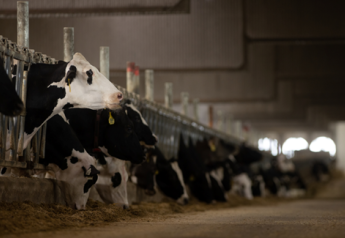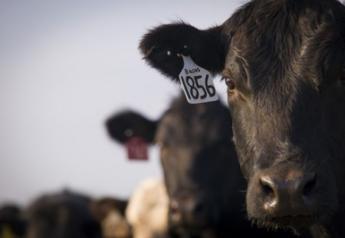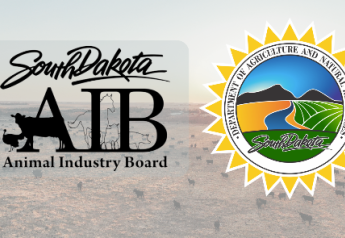Beef Improvement Federation Updates Guidelines

The ninth edition of Uniform Guidelines for Beef Improvement Programs represents a legacy of work that spans more than 50 years of cooperation among the various segments of the beef cattle industry. The Beef Improvement Federation (BIF) board of directors approved changes to the ninth edition during its fall 2016 board meeting. The updated guidelines are now posted to the BIF website — www.beefimprovement.org.
Updates included corrections to the age of dam range in days and recommendations for Bovine Respiratory Disease (BRD) observation collection and reporting. The age of dam updates can be found on Page 21. These updates were made after BIF board member, Lauren Hyde, proposed a classification chart that more accurately reflects age of dam in days as it relates to age in years for use in performance calculations.
On Page 34 of the guidelines a section was added on collecting BRD observation data. Despite the fact that BRD is the leading cause of mortality in the beef industry nationally, disease incidence data that may be routinely recorded at the feedlot level is not currently being fed back into the national genetic evaluation systems.
"As genetic evaluation approaches for health traits are developed, the Beef Improvement Federation is staying at the forefront of guiding the industry by providing data collection standards to support industrywide genetic improvement efforts. It is fitting to start with guidelines for BRD susceptibility data collection, as it is clearly a trait with huge economic significance to the beef industry," says Jane Parish, BIF executive director. "Appreciating differences in feedlot data recording systems, two tiers of data recording are outlined in the guidelines."
With the recent updates a revision log was also added to document changes. You can access the updated guidelines at http://bit.ly/bifguidelines.
The first edition of Guidelines was published in 1970. Committees established by the BIF Board of Directors develop recommendations based on scientific research results and industry experience. Through the years the Guidelines have evolved as new information has become available. Contributing authors have updated, revised or added sections in this edition based on BIF committee recommendations.
The Guidelines are published primarily to assist member organizations in the development and operation of performance programs for their members. The objectives of the publication are to outline standard procedures for measuring, recording and using beef cattle performance data and to facilitate greater uniformity in terminology and methodology in the beef industry.







